Mini skis are compact, lightweight, and easy-to-use skiing tools designed for beginners and enthusiasts alike. With lengths ranging from 38 to 120 cm, they’re small enough to fit in a backpack yet versatile enough for slopes, parks, and trails. Here's why they’re gaining popularity:
- Portability: Easily stored in backpacks, closets, or car trunks.
- Faster Learning: Shorter length helps with balance, control, and quicker skill-building.
- Affordable Options: Starting at $140, they’re budget-friendly compared to full-length skis.
- Versatility: Suitable for beginners, freestyle enthusiasts, and all-mountain riders.
Quick Overview of Mini Ski Sizes:
| Length | Best For | Riding Style |
|---|---|---|
| 38–44 cm | Ice skaters, hockey players | Snow skating, freestyle |
| 65 cm | Beginners, kids | Tricks, skill-building |
| 99 cm | All-mountain skiers | Carving, diverse terrain |
| 120 cm | Speed enthusiasts | Fast descents, stability |
Mini skis are perfect for anyone looking to enjoy skiing without the bulk of regular skis. Whether you’re a beginner or a seasoned skier, they offer a fun, easy way to hit the snow.
Are Short Skis Better for Beginners?
Main Features and Uses
Mini skis combine the versatility of skate skis with a compact design, making them a great option for beginners tackling different snow conditions. Let's dive into how their size and weight make them convenient for storage, transport, and handling.
Size and Weight Advantages
With lengths ranging from 44 to 120 cm, mini skis are easier to manage than traditional skis. Here's how their size and weight work in your favor:
| Feature | Advantage |
|---|---|
| Storage & Travel | Fits in closets, car trunks, or backpacks |
| Portability | Light enough to carry in small bags |
| Handling | Easier to control during turns and stops |
These features make mini skis perfect for beginners, helping them get comfortable on the slopes faster.
Faster Learning Curve
Mini skis are designed to simplify the learning process for newcomers. Acting as a hybrid between skate skis and traditional skis, they offer a natural feel that makes skiing less physically demanding while improving control.
- A more natural stance reduces fatigue during use.
- Shorter length makes balancing easier.
- Quick progress builds confidence early on.
Best Places to Use Mini Skis
Mini skis are versatile and work well in a variety of winter settings:
| Location | Ideal Activities |
|---|---|
| Groomed Slopes | Practicing basic techniques and turns |
| Terrain Parks | Performing tricks, freestyle moves, and small jumps |
| Local Hills | Casual rides and improving skills |
| Trails | Exploring winter trails and cross-country skiing |
Shorter models (like 44 cm skiskates) are perfect for groomed slopes and terrain parks, while longer options (such as 99 cm skiblades) are better for carving and all-mountain adventures.
Picking Your Mini Ski Size
The size of your mini skis plays a big role in how they handle. Shorter skis are easier to maneuver, while longer ones offer more stability. Here's a quick guide to help you pick the right size.
Mini Ski Size Guide
| Length | Best For | Riding Style |
|---|---|---|
| 38–44 cm | Hockey players, ice skaters | Snow skating, freestyle |
| 65 cm | Beginners, kids, instructors | Freestyle, skill-building |
| 99 cm | All-mountain skiers | Carving, terrain parks |
| 120 cm | Speed and stability enthusiasts | Carving, fast descents |
Use these categories to narrow down your options. For more details, check out the model comparison below.
Snowfeet Models Comparison

| Model | Length | Price | Best Use |
|---|---|---|---|
| Mini Ski Skates | 38 cm | Starting at $140 | Compact, casual rides |
| Skiskates | 44 cm | Starting at $330 | Advanced snow skating |
| Skiblades | 65 cm | Starting at $400 | Learning tricks, freestyle |
| Powder Skiblades | 99 cm | $450 | All-mountain skiing |
| Short Skis | 120 cm | $650 | High-speed carving |
Shorter skis are perfect for quick turns, while longer skis are better for speed and stability.
Next, we'll look at how mini skis stack up against regular skis.
sbb-itb-17ade95
Mini Skis vs. Regular Equipment
Mini skis stand out for their compact design, making them easier to learn on, cheaper, and more convenient to transport compared to regular ski gear. By comparing mini skis with traditional equipment, it’s clear why many beginners gravitate toward them.
Mini skis' lightweight construction not only simplifies travel but also saves money and speeds up skill development. Unlike full-length skis that require racks or incur oversize baggage fees, mini skis are compact enough to fit as carry-on luggage.
Easier to Learn
With lengths typically under 100 cm, mini skis are much shorter than traditional skis, which often exceed 170 cm [1]. This shorter design helps beginners pick up basic turns with ease and build confidence quickly. Their wider center and tapered ends create a more forgiving setup for those just starting out [2].
Performance and Value
Mini skis are highly maneuverable [3], reducing fatigue and allowing for faster skill improvement compared to traditional skis [2]. Priced at around $140, they are also a budget-friendly option, especially when compared to the often higher cost of regular ski setups.
These features make mini skis a practical and economical choice for beginners who need affordable and space-saving gear. They're an ideal alternative to traditional skis for those just starting their skiing journey.
Care and Upkeep
Taking care of your mini skis ensures they last longer and perform well. Along with choosing the right size and style, how you store them during the off-season plays a big role in protecting your gear.
Off-Season Storage Tips
- Clean and dry them thoroughly: Make sure to remove any snow, dirt, or moisture before storing to prevent damage.
- Choose the right spot: Keep them in a cool (50°F–70°F), dry place, away from sunlight to avoid warping or fading.
- Use a protective cover: Store your skis in a bag or wrap to safeguard them from dust and accidental dings.
Conclusion
Mini skis make learning easier thanks to their lightweight and easy-to-handle design. With lengths under 100 cm, they offer better control and quick turns, helping beginners grasp the basics in no time[4].
Key Benefits
- Compact and lightweight - fits in a backpack
- Short length (under 100 cm) for smoother turns and improved balance
- Natural stance helps reduce physical strain
- Quick learning process - master basic skills in just one day
Consider these benefits when selecting the right Snowfeet model for your needs.
Snowfeet Product Guide
Snowfeet offers several options to suit different preferences:
- Mini Ski Skates: 38 cm, starting at $140
- Snowfeet PRO: 50 cm, priced at $230
- Skiblades: Available in 65 cm and 99 cm, ranging from $400 to $450
For those with ice skating or hockey experience, models in the 65 cm to 99 cm range are ideal, as they replicate a skating-like motion on snow[5].
FAQs
What makes mini skis different from traditional skis when it comes to learning and performance?
Mini skis are shorter and lighter than traditional skis, offering better maneuverability and making turns easier. This makes them a great choice for beginners or anyone looking for a fun, playful skiing experience. They’re also simpler to control, which helps new skiers build confidence on the slopes.
Traditional skis, on the other hand, are longer and provide greater stability at higher speeds, making them ideal for advanced skiers tackling steep slopes or ungroomed terrain. While they require more skill to master, they excel in performance for those seeking speed or off-piste adventures.
For recreational skiing, mini skis are often easier to learn on and deliver a more relaxed, enjoyable experience - perfect for those just starting out or looking for a fresh take on winter sports.
How do I pick the right size mini skis for my skill level and how I plan to use them?
Choosing the right size mini skis depends on your skill level and how you plan to use them. Mini skis typically range in length from 44 cm to 120 cm, and each size offers a unique experience.
Shorter mini skis, like 44 cm Skiskates, are ideal for beginners or those who enjoy skating-style movements on snow. They’re lightweight, easy to control, and perfect for groomed slopes or snow parks. If you’re a beginner, shorter skis can make learning safer and more enjoyable.
For a more balanced skiing experience, 65 cm or 99 cm mini skis are great options. They provide more stability for carving and freestyle skiing, while still being maneuverable enough for beginners or intermediate skiers. Longer options, such as 120 cm mini skis, are better suited for experienced skiers looking for speed, smooth carving, and versatility across different terrains.
In general, shorter skis are easier to handle and better for beginners, while longer skis offer more control and performance for advanced users. Consider your experience level and the type of skiing you want to do when making your choice.
Are mini skis versatile enough for all skiing activities, or are they better suited for specific styles?
Mini skis are incredibly versatile but are particularly popular for freestyle skiing and terrain park tricks, thanks to their compact size and agility. They’re perfect for skiers who want to experiment with new moves or prefer a lightweight, easy-to-handle option compared to traditional skis.
While their design makes them ideal for freestyle and recreational skiing, mini skis can also be used for other activities like cross-country skiing or casual downhill runs. However, they may not perform as well as longer skis for high-speed carving or deep powder due to their shorter length. If you're looking for something fun, flexible, and beginner-friendly, mini skis are a fantastic choice!

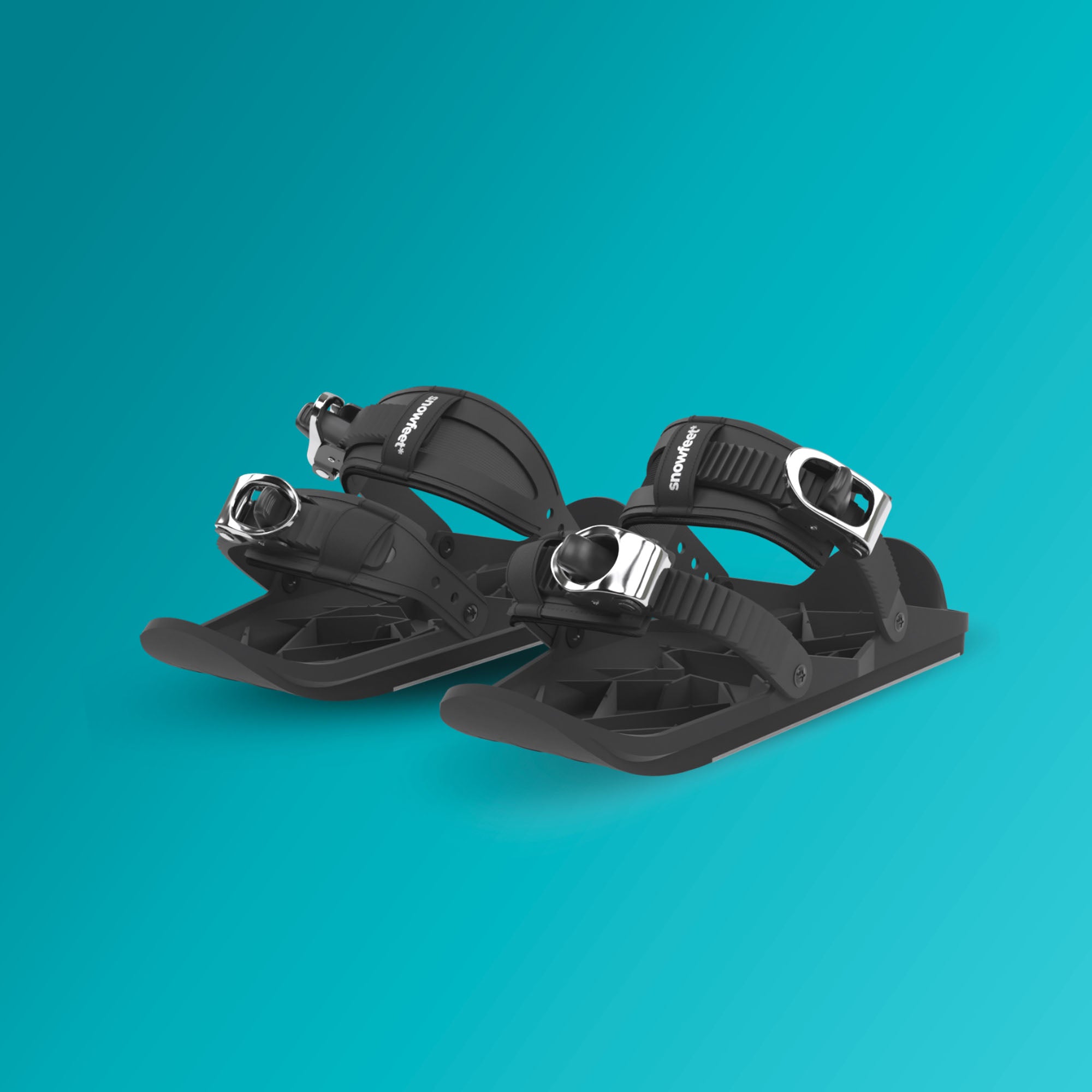


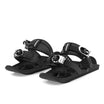
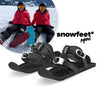

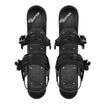


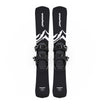
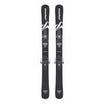
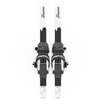
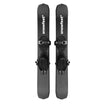
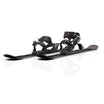
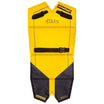

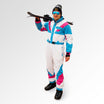
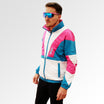
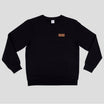
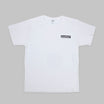
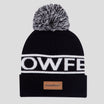
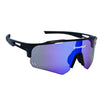
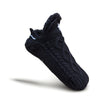
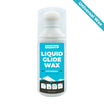
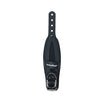
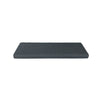
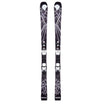




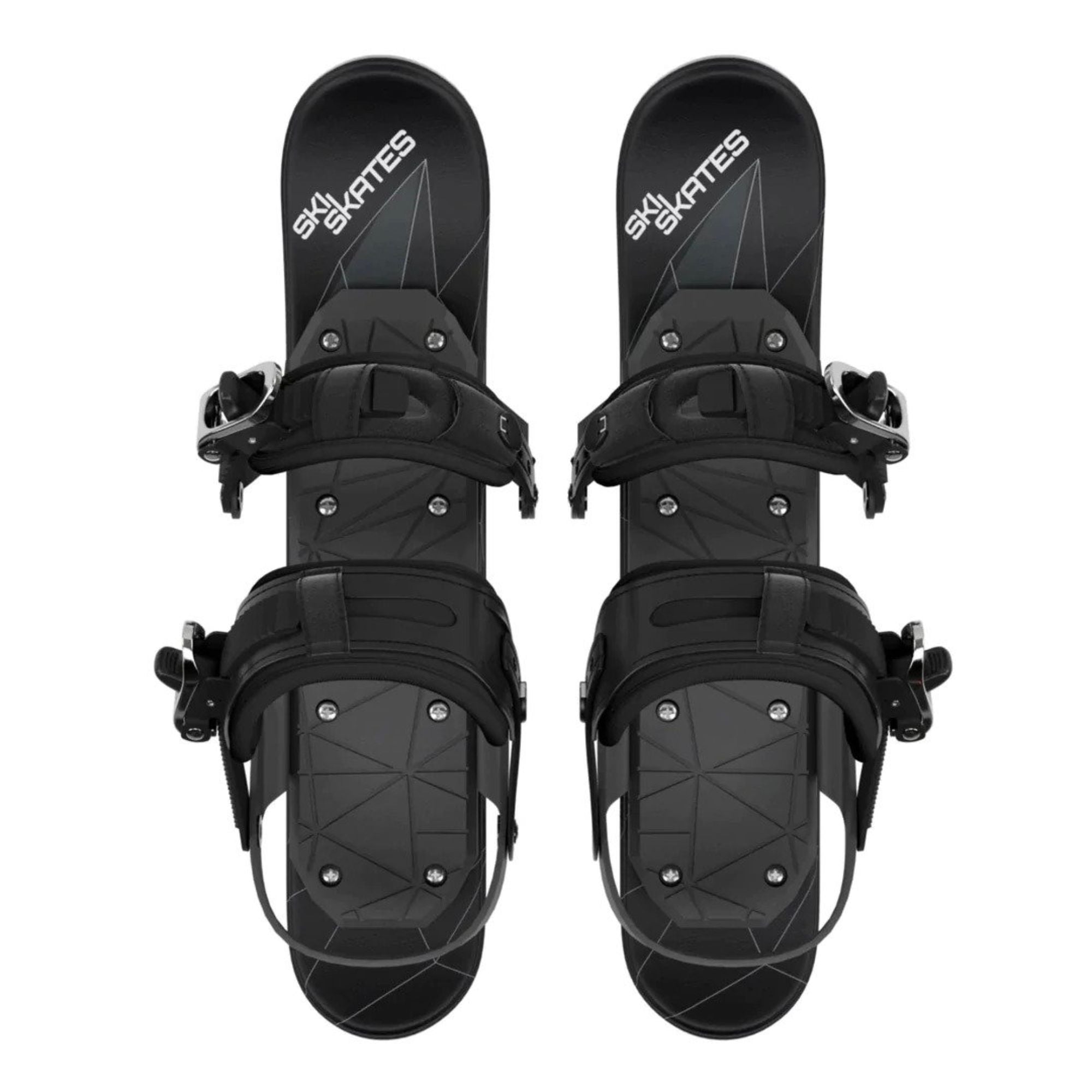
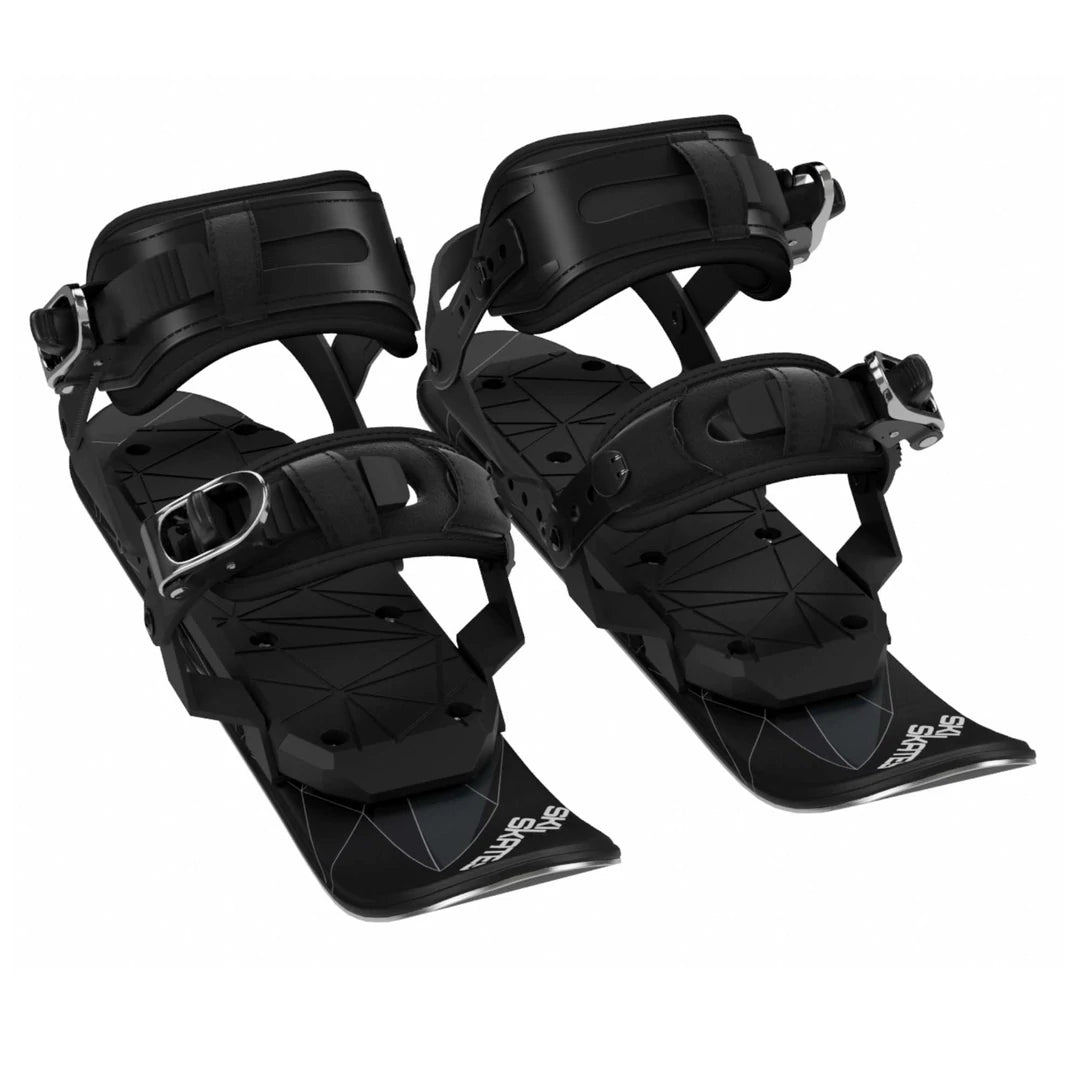
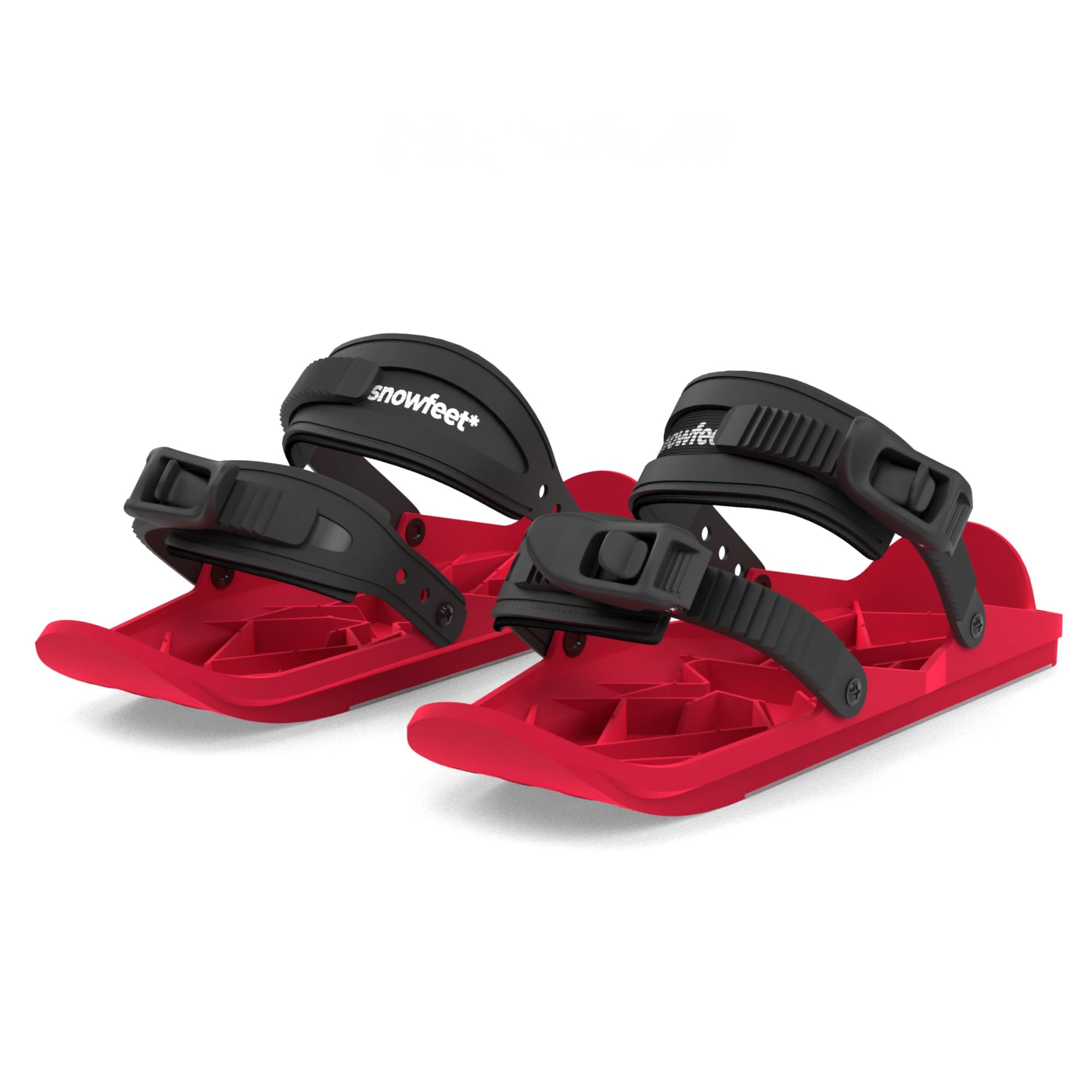





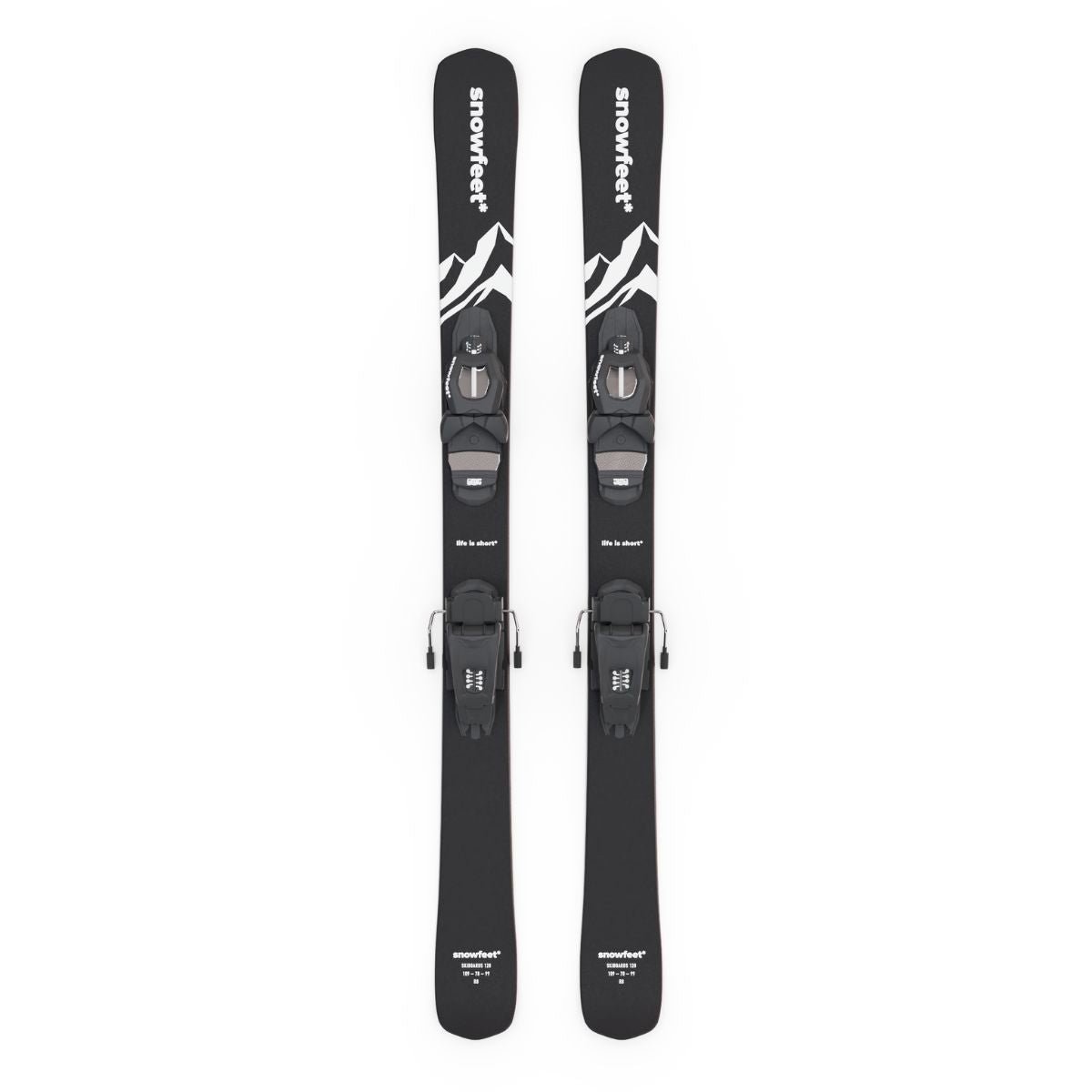
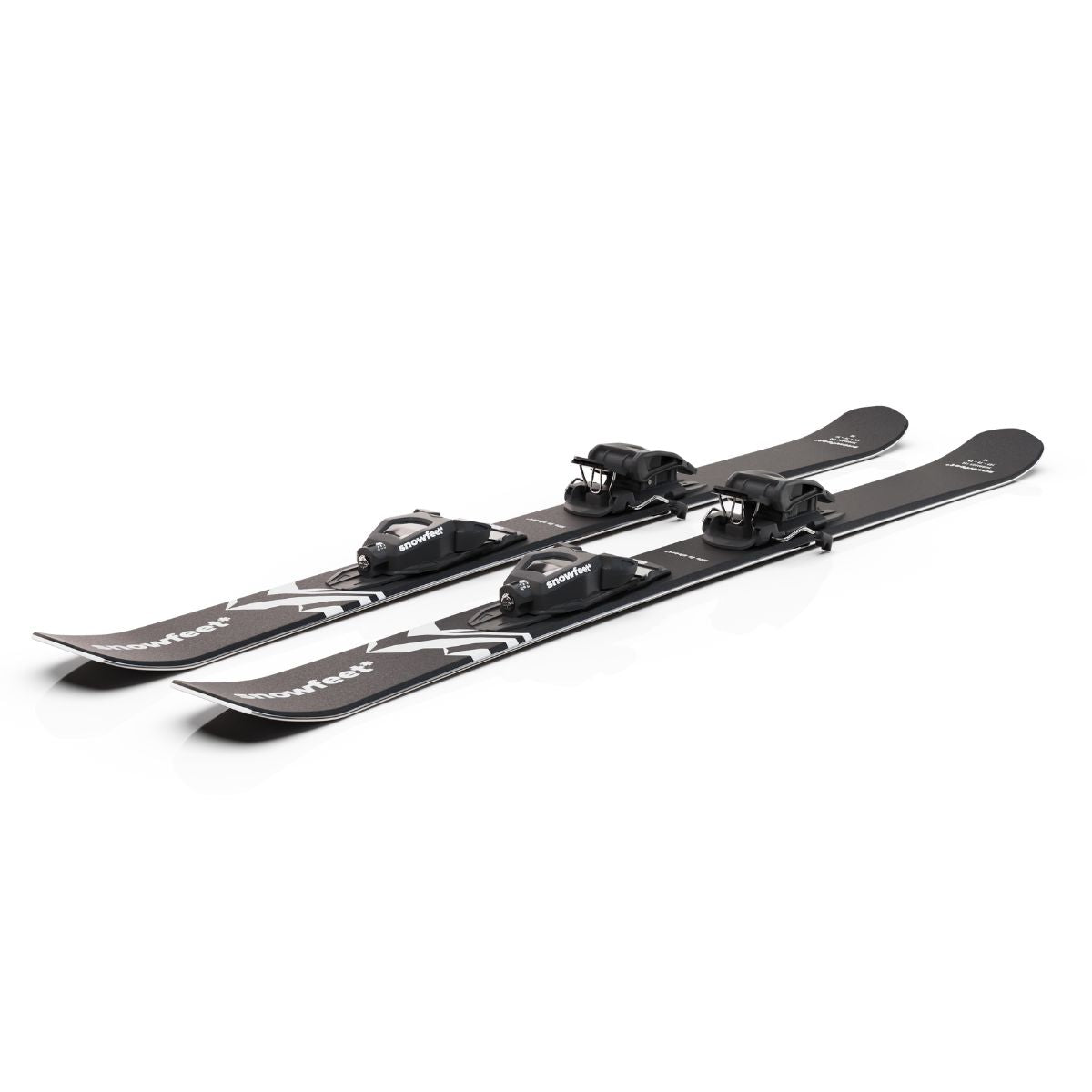
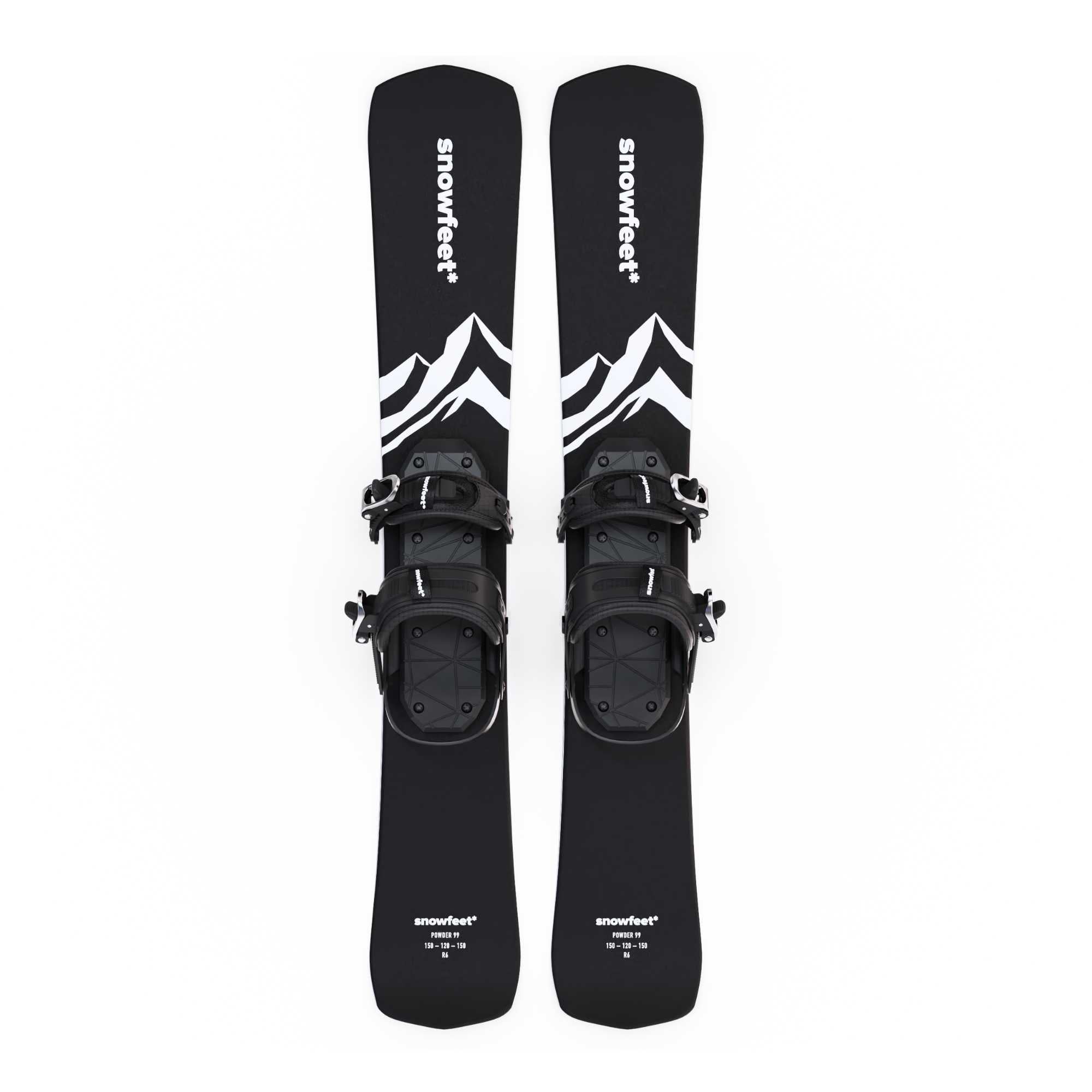
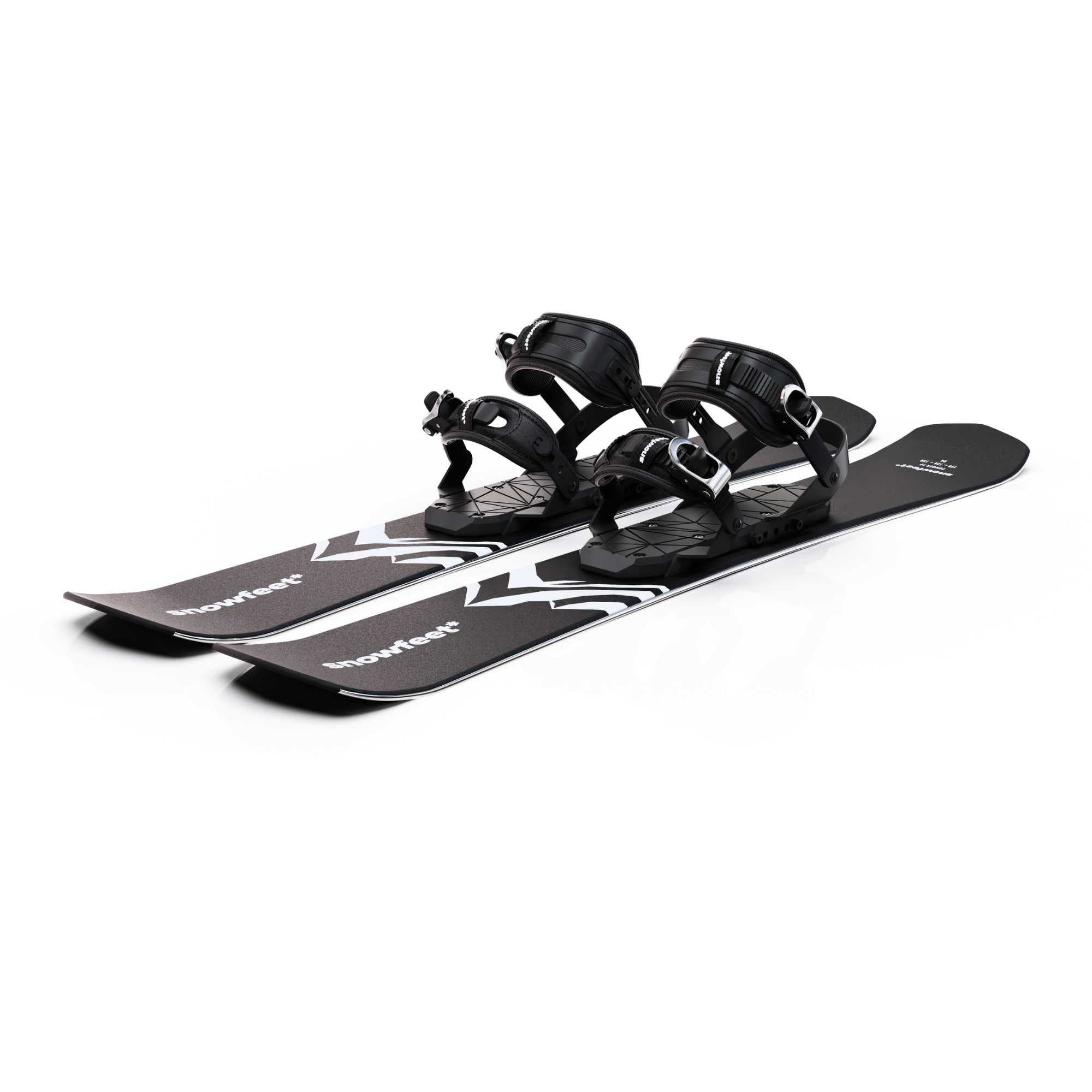
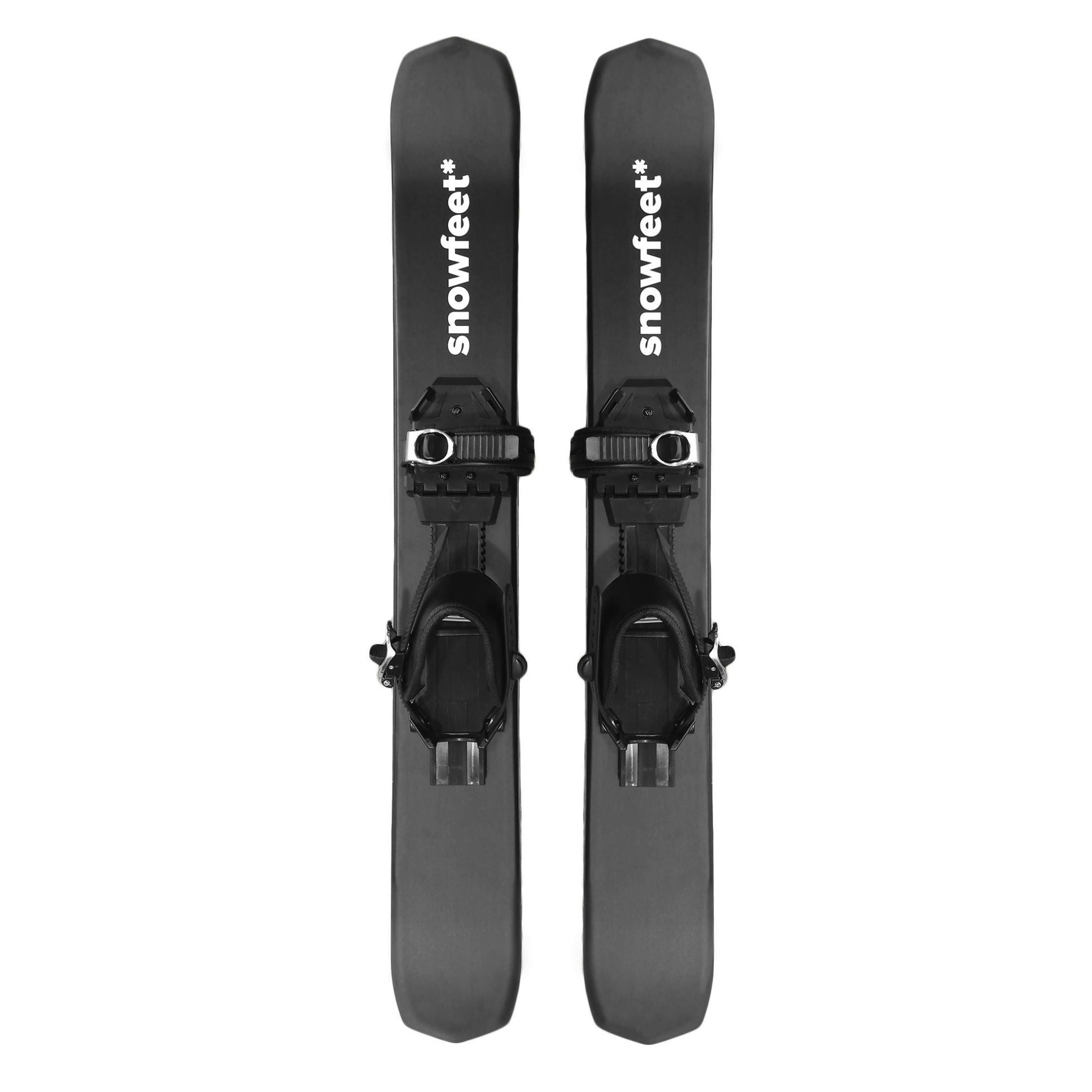
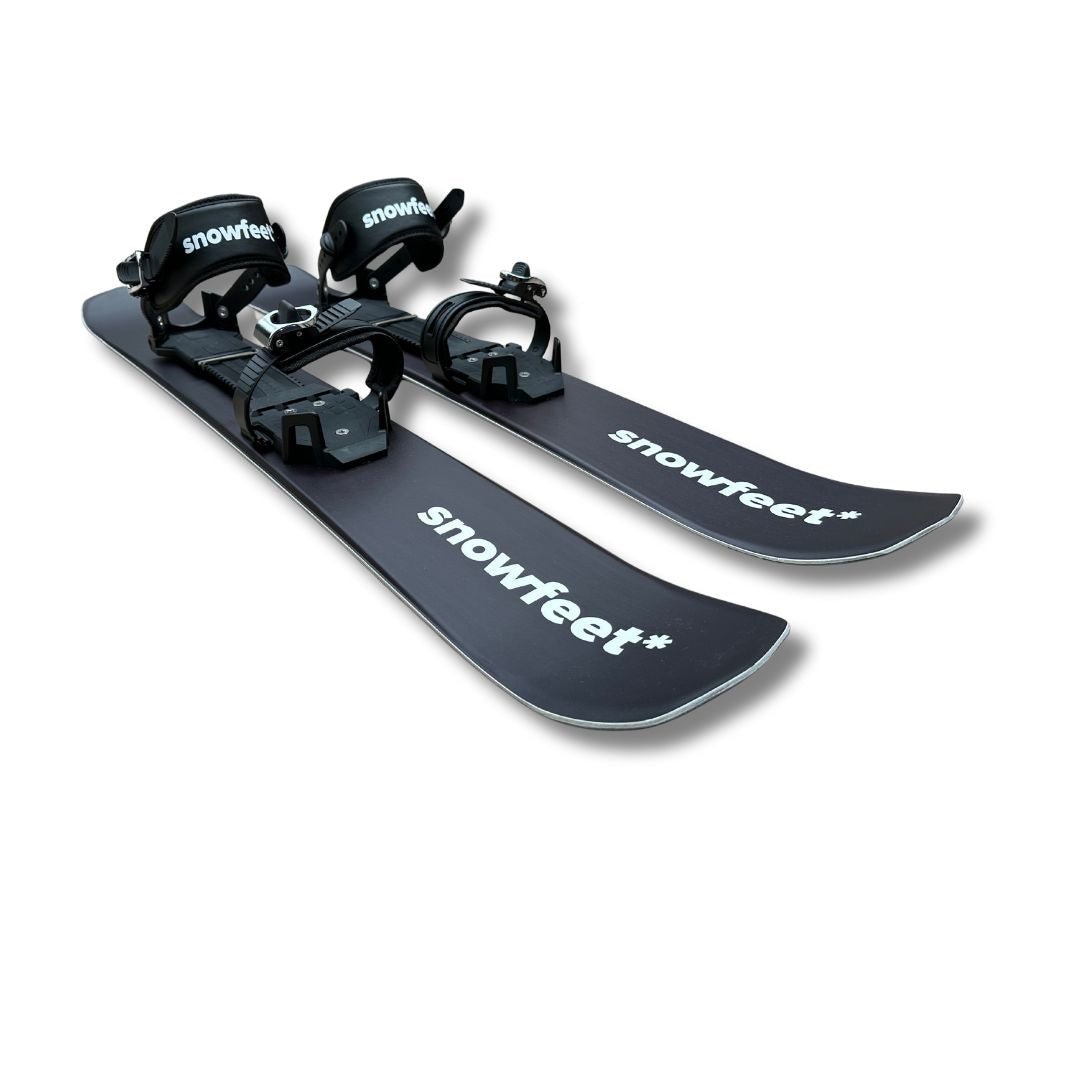
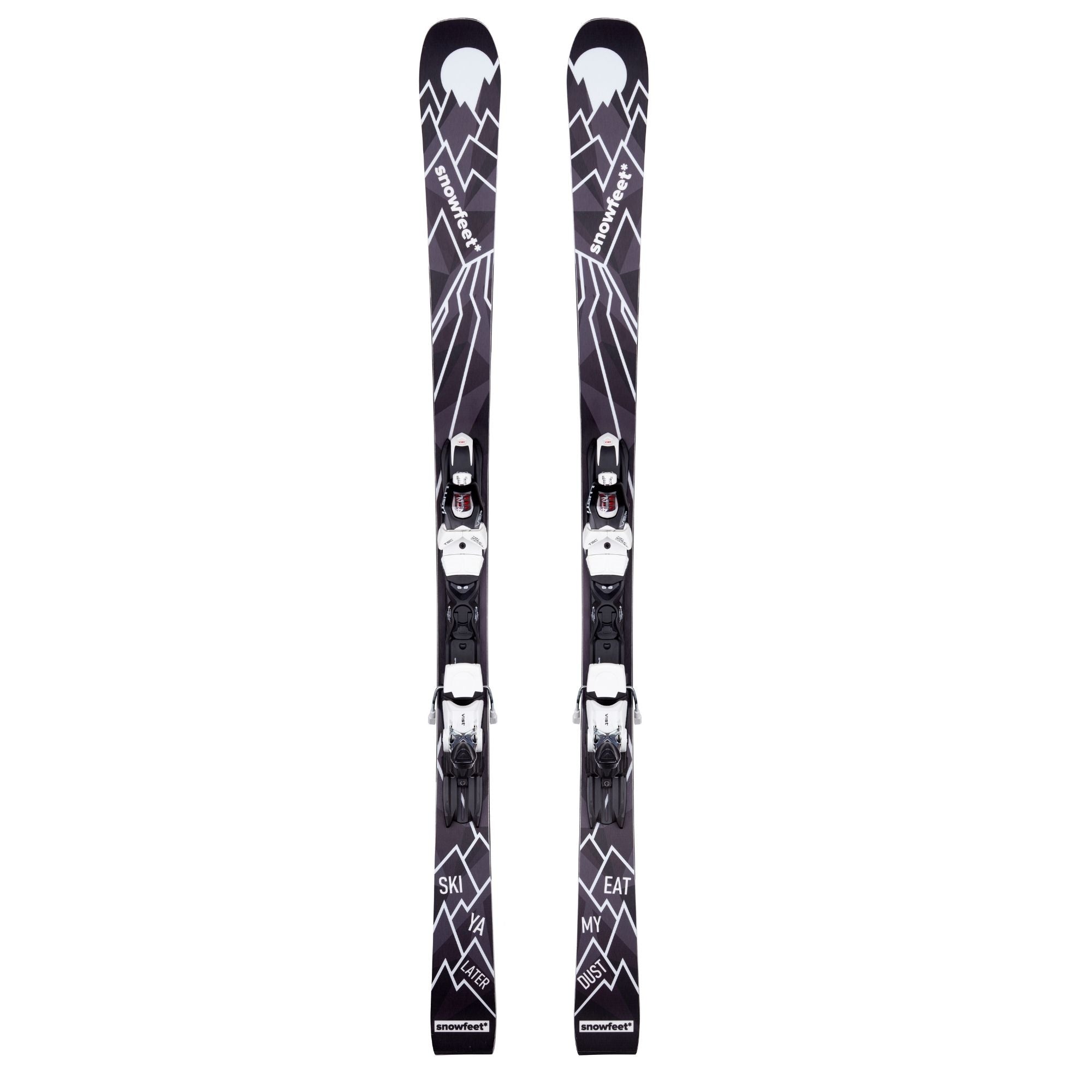
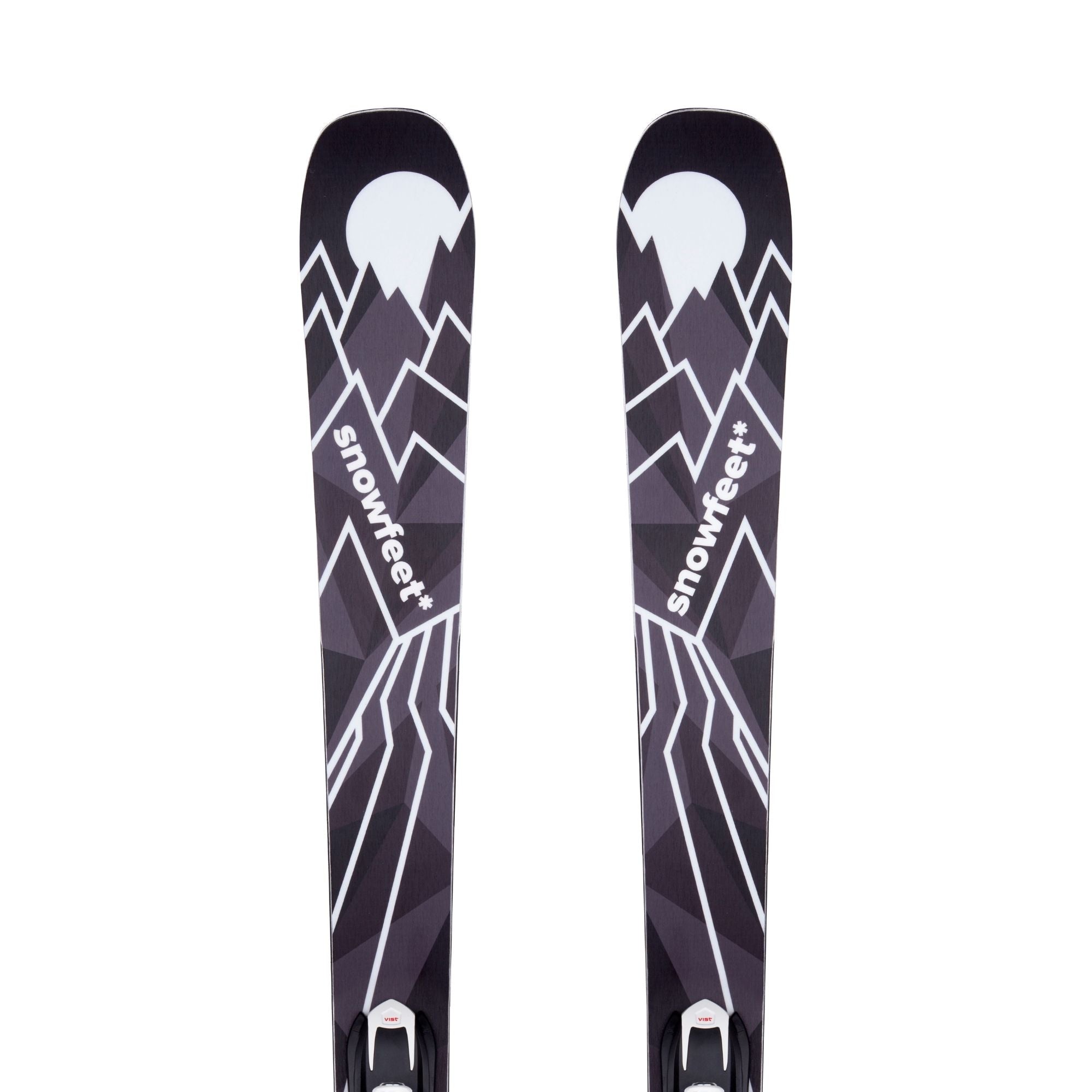
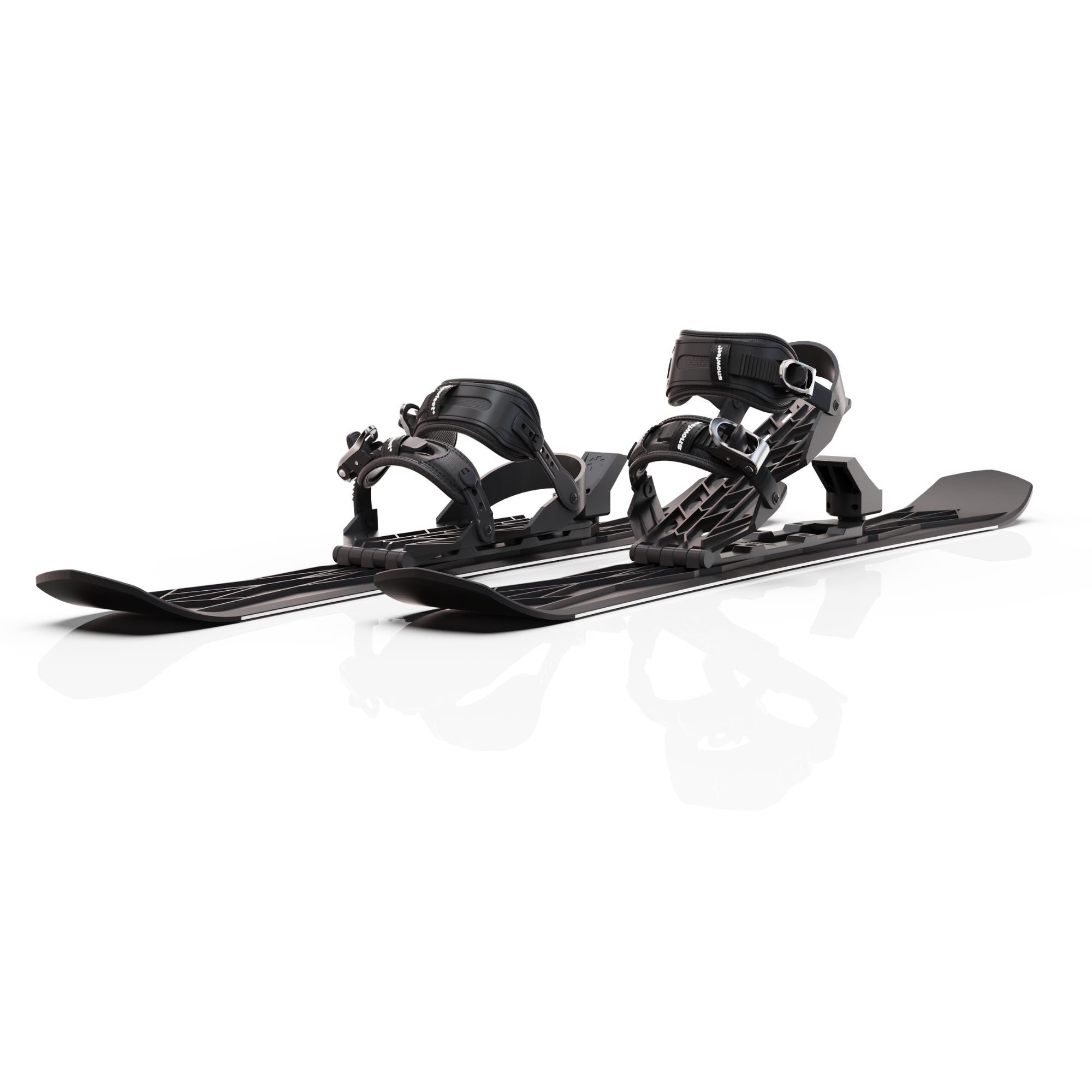

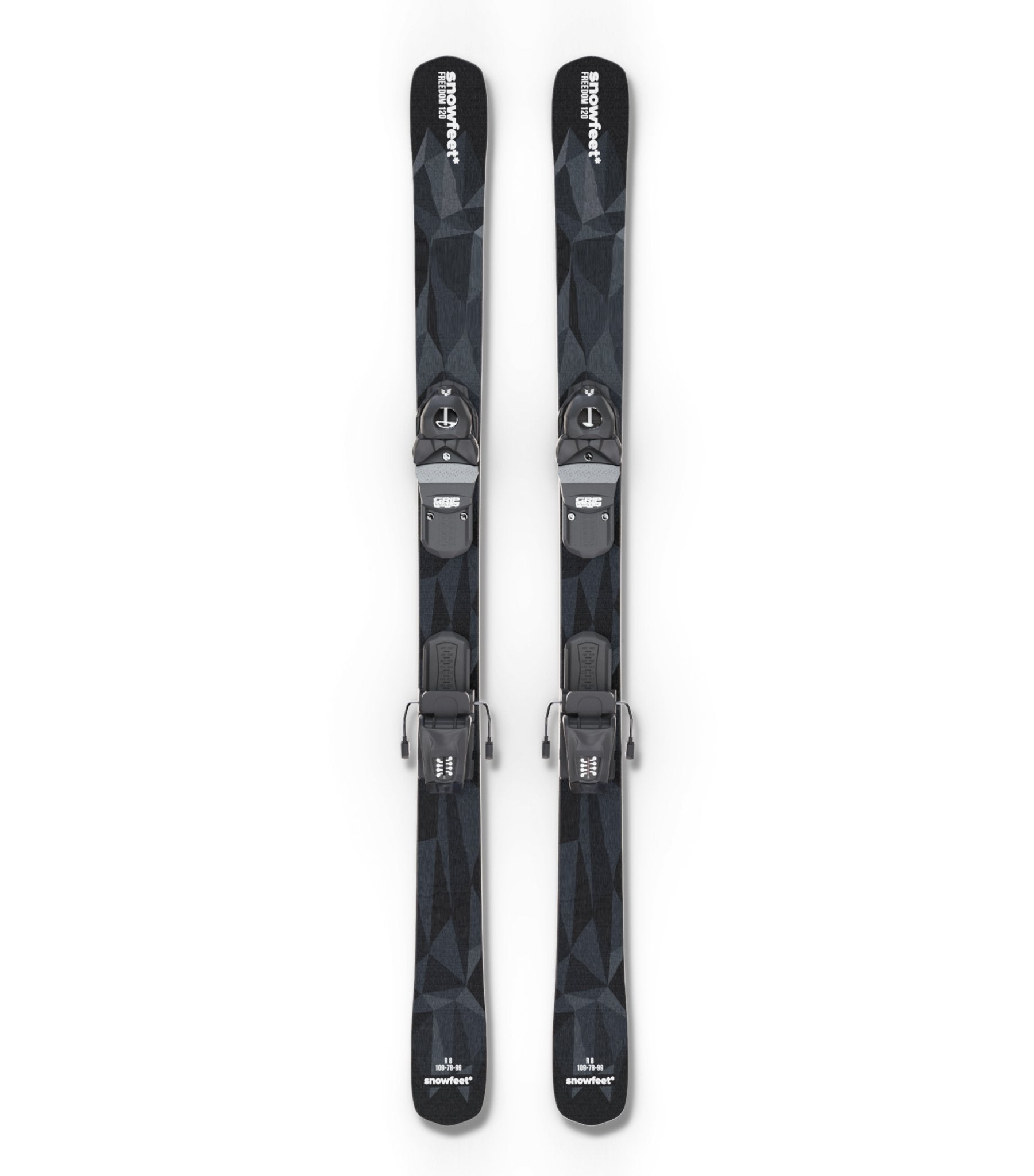
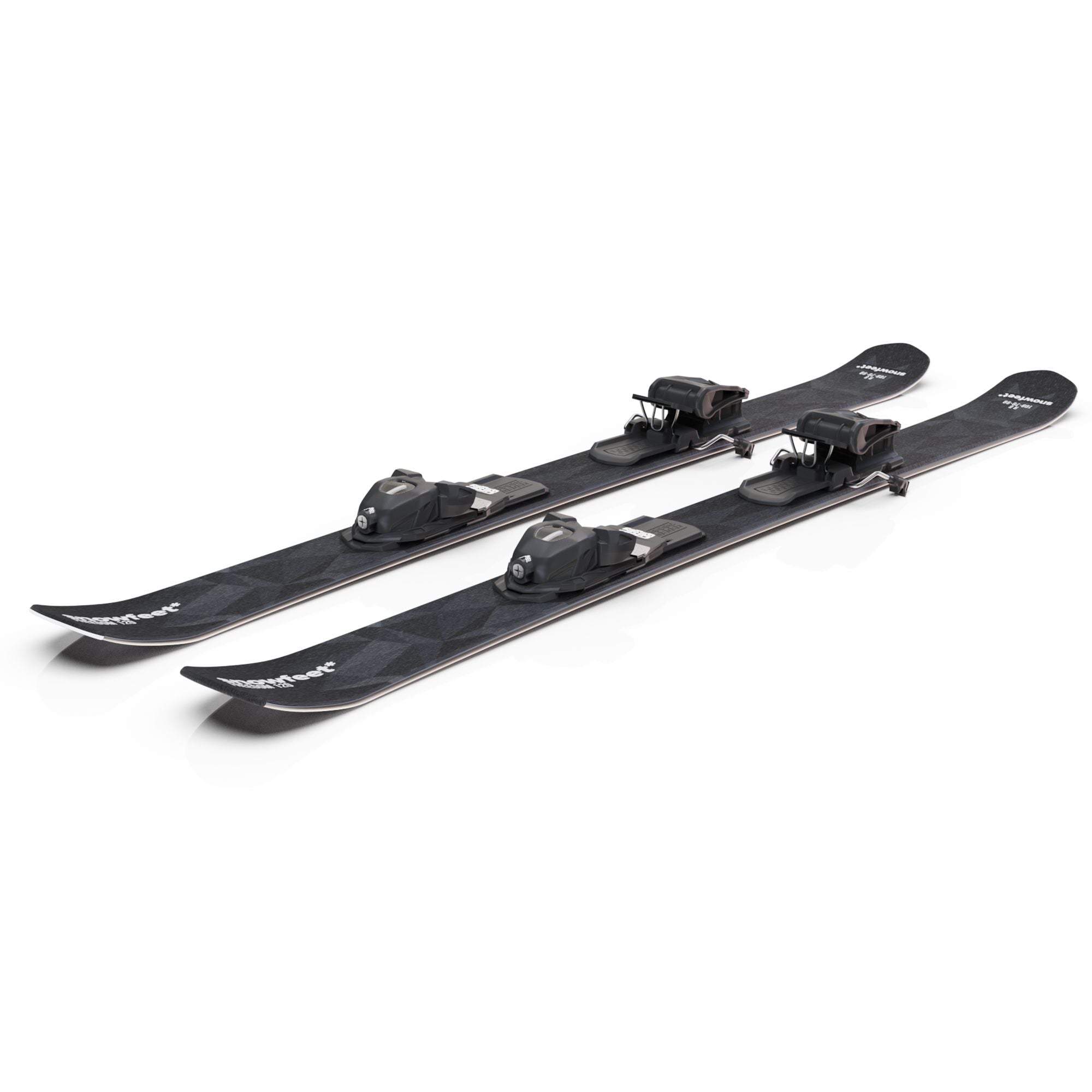
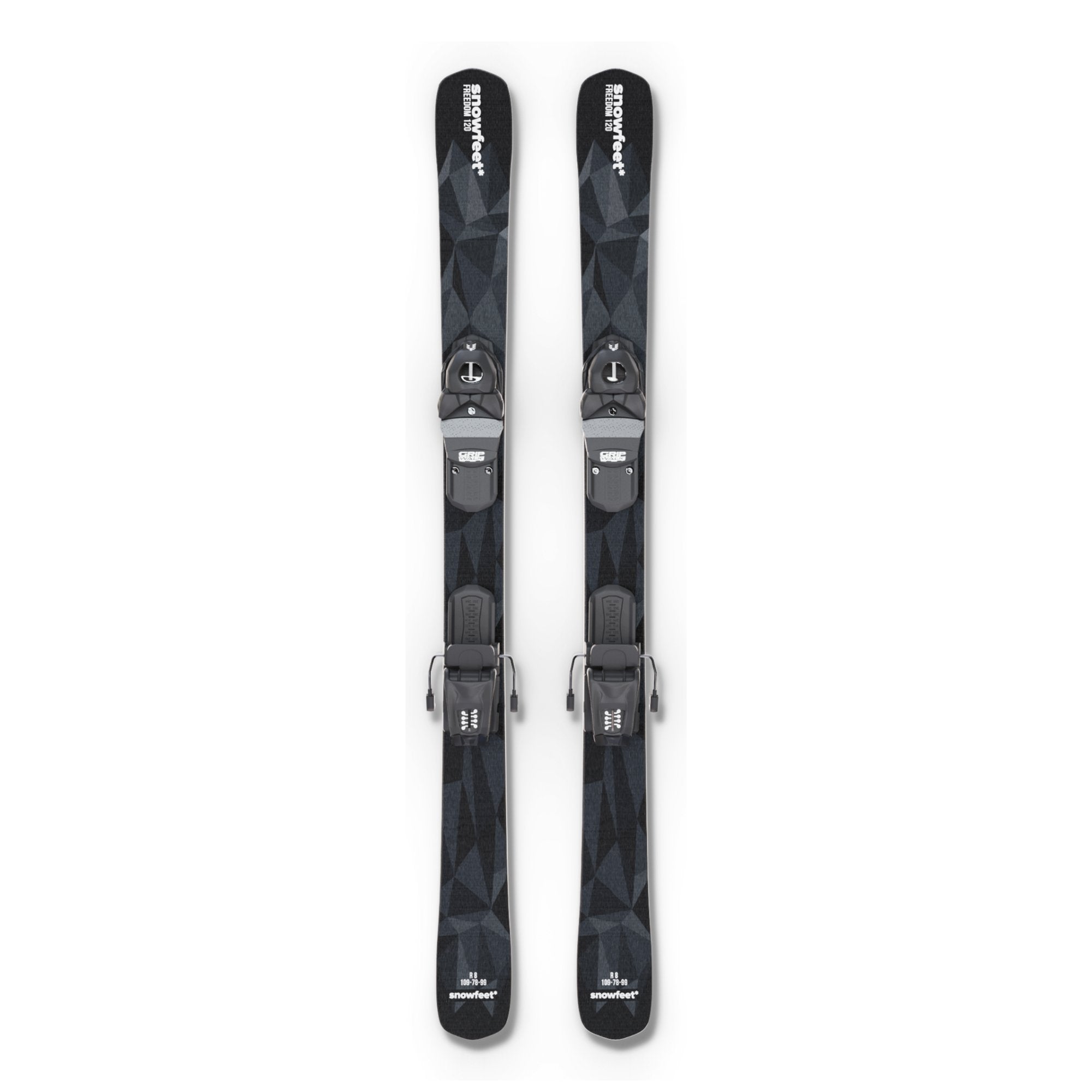
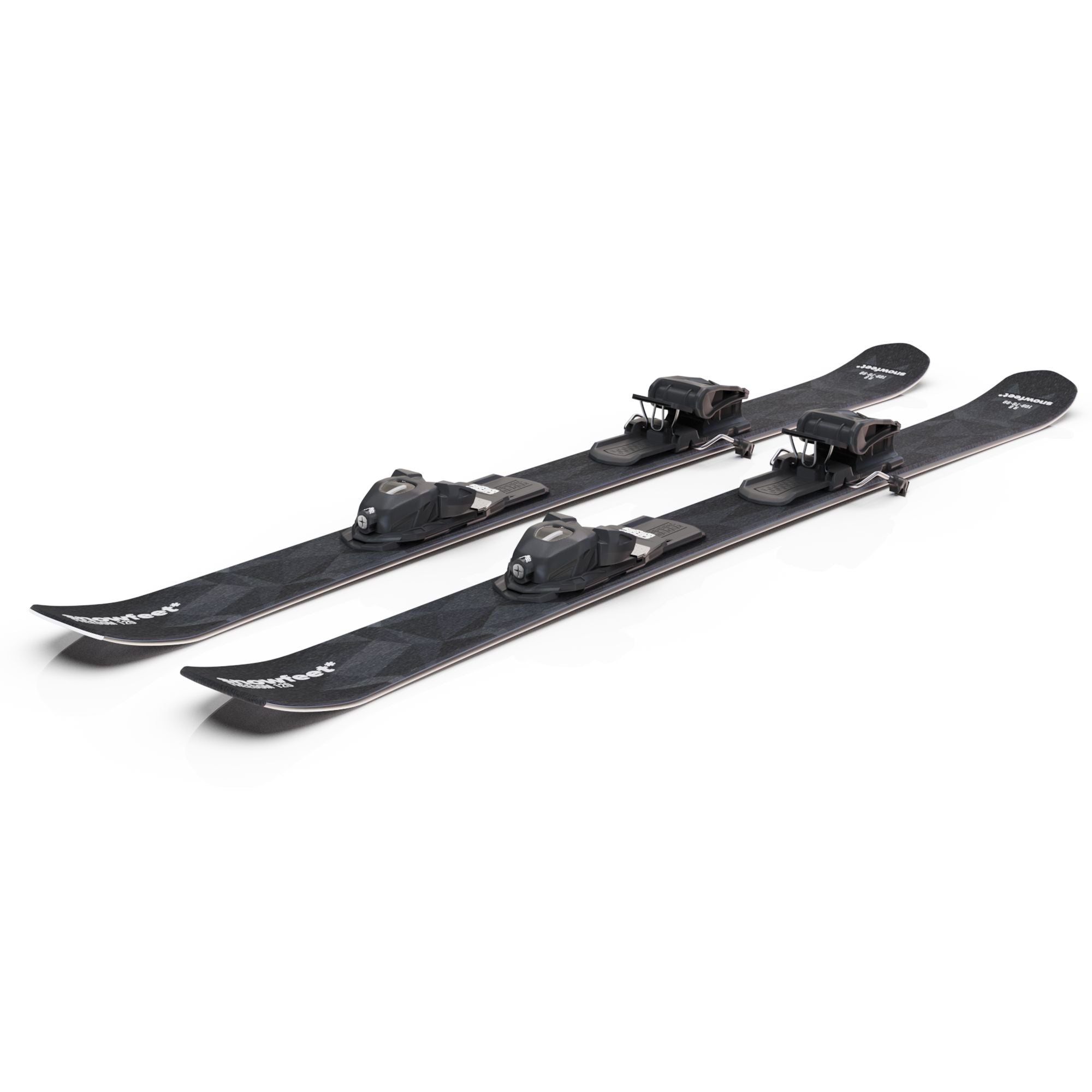
Commenta
Questo sito è protetto da hCaptcha e applica le Norme sulla privacy e i Termini di servizio di hCaptcha.